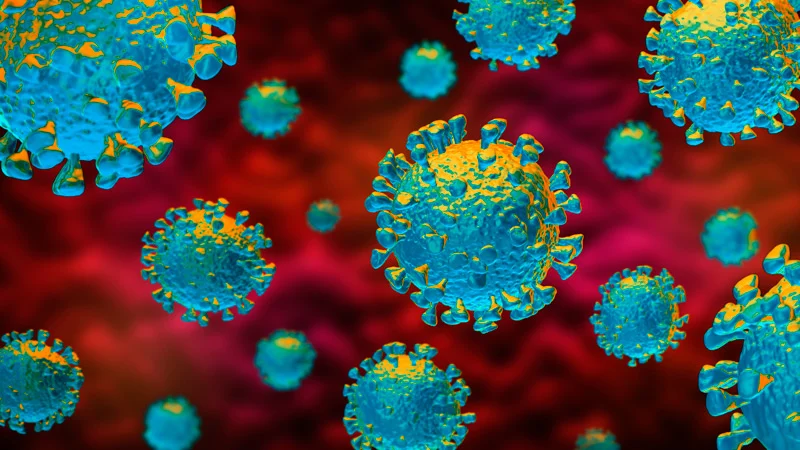New research has found that a variation in the new coronavirus’ genome improved its ability to penetrate and infect human cells, helping it become the dangerous, dominating strain spreading across the world.
The research, published Thursday in the journal Cell, has shown the variation is more infectious than before in cell cultures under lab settings.
The new variant, called “D614,” makes a small but effective change in the ‘spike’ glycoprotein, which protrudes from the surface of the virus to enter and infect human cells.
The D614G variant of the new coronavirus has quickly taken over as the dominant strain of the virus, with global samples showing a significant conversion of the viral population from the original to the new, dominant strain of the virus.
A team of researchers from the Los Alamos National Laboratory, New Mexico, and Duke University, North Carolina, teamed up with the University of Sheffield’s COVID-19 Genomics UK research group to analyze the virus’ genome samples.
Infectious disease specialist Dr. Thushan de Silva from the University of Sheffield said, “We have been sequencing SARS-CoV-2 strains in Sheffield since early in the pandemic and this allowed us to partner with our collaborators to show this mutation had become dominant in circulating strains.”
“The full peer-reviewed study published today confirms this, and also that the new D614G genome mutation variant is also more infectious under laboratory conditions.”
“Data provided by our team in Sheffield suggested that the new strain was associated with higher viral loads in the upper respiratory tract of patients with COVID-19, meaning the virus’s ability to infect people could be increased,” Dr. de Silva added.
“Fortunately at this stage, it does not seem that viruses with D614G cause more severe disease.”
Lead author of the research Dr. Bette Korber from the Los Alamos National Laboratory said, “It is possible to track SARS-CoV-2 (COVID-19) evolution globally because researchers worldwide are rapidly making their viral sequence data available through the GISAID viral sequence database.”
“Currently tens of thousands of sequences are available through this project, and this enabled us to identify the emergence of a variant that has rapidly become the globally dominant form,” she added.
New experiments, extensive sequencing, clinical data, and improved statistical models have been published in the Cell; however, the researchers said that they need to do lab analysis in live cells in order to determine the full implications of the genetic mutation. Another author of the study Dr. Will Fischer from Los Alamos National Laboratory said, “It’s remarkable to me. That this increase in infectivity was detected by careful observation of sequence data alone, and that our experimental colleagues could confirm it with live virus in such a short time.”























